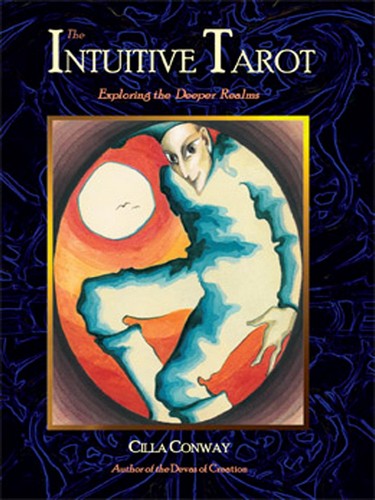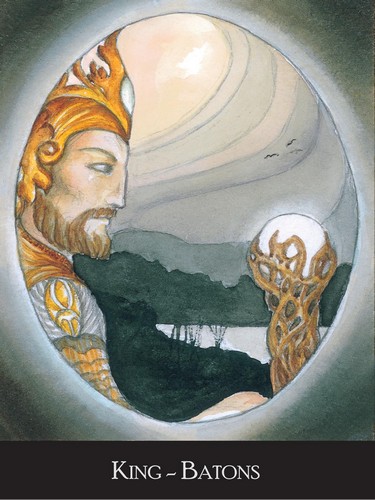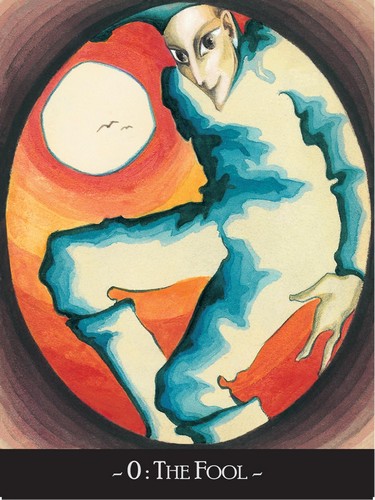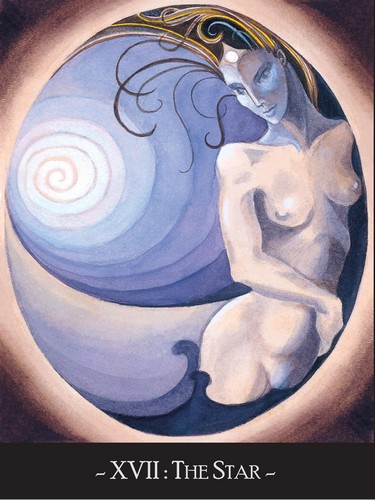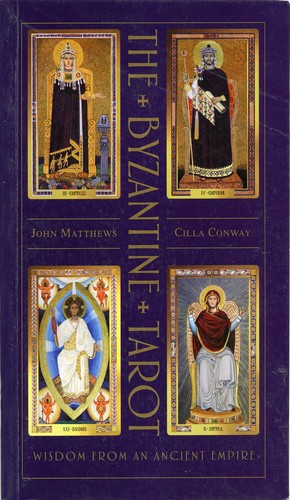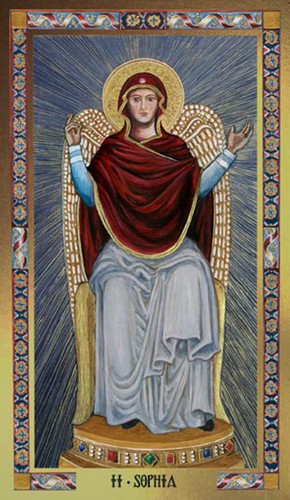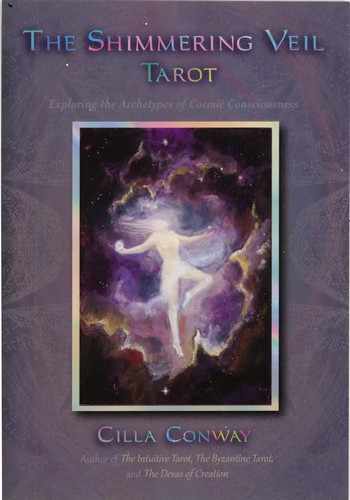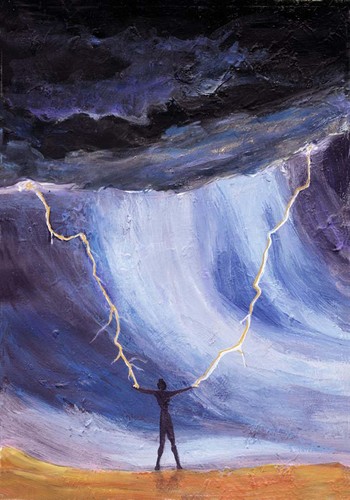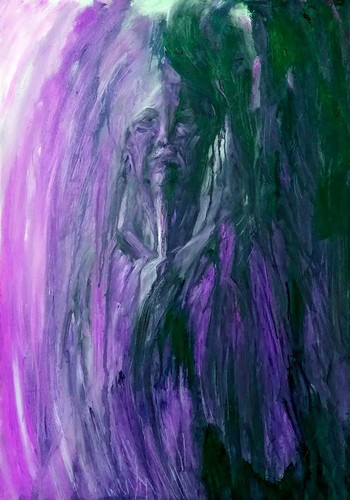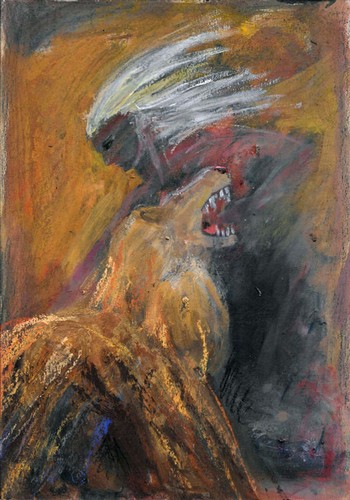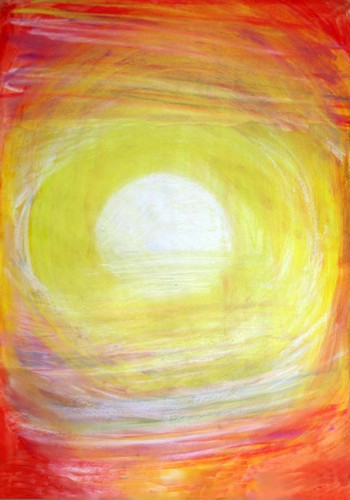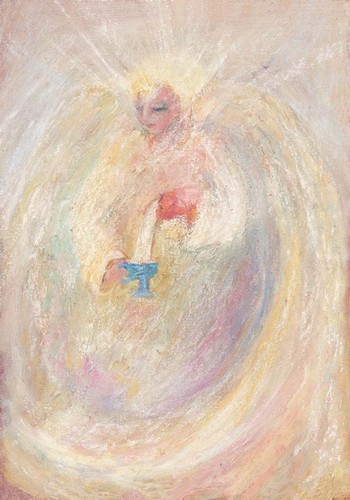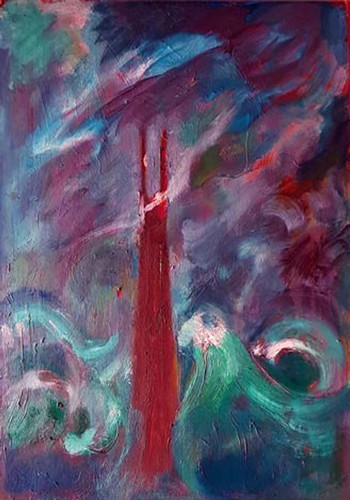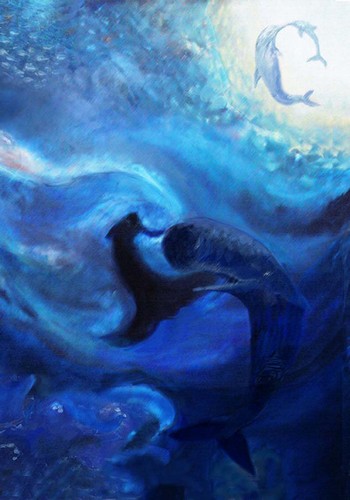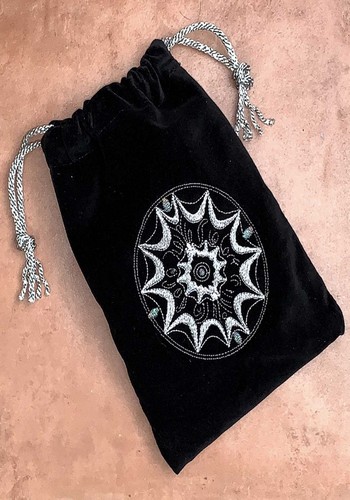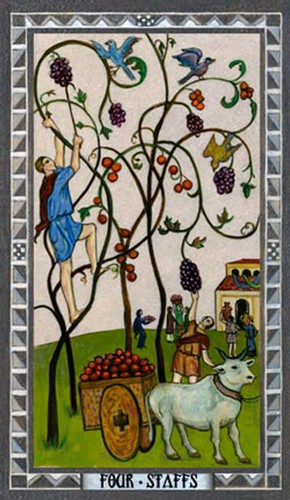
Tarot
The specific origins of Tarot are lost in time. We do know the first cards appeared in Italy around 1422, but even then, this may not be correct, as almost identical cards predating what we now know of as the ‘Minor Arcana’ – very similar to ordinary playing cards, with four suits and ‘court’ cards – were found in the Topkapi palace, Istanbul. It is possible that these cards were brought to Italy (probably via Venice) from Constantinople, as they were certainly already being used for gambling late in the 14th century (we know because preachers were condemning their use in the mid-14th century).
However, all tarot decks have another section – what we call the Major Arcana – twenty-two allegorical images and these are often seen as a spiritual, initiatory pathway – The Royal Road. These can be seen as part of a tradition that stretches back far into pre-history: how to connect to the numinous.
THE Intuitive Tarot
These cards, which have an art nouveau theme, are used by seasoned tarot readers for in- depth and intuitive readings.
THE Byzantine Tarot
Closely based on original Byzantine mosaics and frescoes, the deck was painted in egg tempera.
Shimmering Veil Tarot
The most popular of all my decks. Painted in oils, it loosely follows the RWS system with pictorial Minor Arcana.
The Old Gods Tarot
This deck is available from my website. The cards are octagonal, and depict three or more gods to each Major Arcana.
The Intuitive Tarot
The first edition of The Intuitive Tarot, my first deck. was painted between 1973 and 1981 in watercolour and inks.
The deck consists of 78 fully pictorial images, loosely based on the Rider-Waite-Smith system. It was published in 2004 by St Martin’s Press (NY). The first edition, with cream borders, is now out of print.
Republished by cc3 Publications, in 2017, the deck is larger (88×126 mm). It features the same images as the first edition, but is borderless, apart from the black title border.
Click here to view the dedicated Intuitive Tarot Page
The Byzantine Tarot
This deck, a collaboration between John Matthews and myself, was painted in egg tempera and gold acrylic between 2012 and 2013, and published in 2014 by Connections Publishing. It is now available as a second edition, reprinted by Schiffer.
The deck consists of 78 fully pictorial cards, including the Minor Arcana. The imagery is based closely on frescoes and mosaics from the Byzantine Empire, although the Minors bear a loose resemblance to the Rider-Waite-Smith system.
A limited number of The Byzantine Tarot are now available in the shop.
Click here to view the dedicated Byzantine Tarot Page
The Shimmering Veil Tarot
The Shimmering Veil Tarot, the best known of my decks, was painted in oils between 2017-2019, and published in 2020.
The deck consists of 80 fully pictorial images (with two Fools, and a duplicate Queen of Fire for people with snake phobias), and is as usual loosely based on the Rider-Waite-Smith tarot system.
Like the second edition of The Intuitive Tarot, it comes with its own book and box.
The cards are 88x126mm and borderless. The suits feature elemental symbols (Air, Fire, Water and Earth) with numbers (Roman for the Majors, Arabic for the Minors) – no titles. Consequently it might be a bit of a stretch for new readers, but feedback has been very positive as the images are so clear.
This tarot sold out its first edition in two months, and the second edition has shimmering foil card sides and lettering on box and book.
Click here to view the dedicated Shimmering Veil website
The Old Gods Tarot
The Old Gods Tarot, my latest deck, is now available from my website and from three booksellers, one in London, one in Holland and one in Finland.
The deck is octagonal, with semi-pictorial Minors – that is, the face cards are fully pictorial, and the numerical cards are pips.
The images are eclectic and the gods and goddesses are from many different mythologies – Egyptian, Mayan, Greek, Roman, African, Indian, and others. The archetypes of the Tarot are universal, the mythologies dating back to humankind’s earliest history. Recent archaeological discoveries show that the earliest religions are far more sophisticated than we knew, often using technologies long lost to us – sound … or some other possibility? With new discoveries unearthing new cities, even new civilizations, the unlikely is fast becoming possible, and die-hard certainties of ‘how things were’ are changing into ‘we now have to consider that everything in the text books has been incorrect’…
(Click on the left for a few images. Or, if you’d like to have more than just a taster, click on the link below for the dedicated website.)
